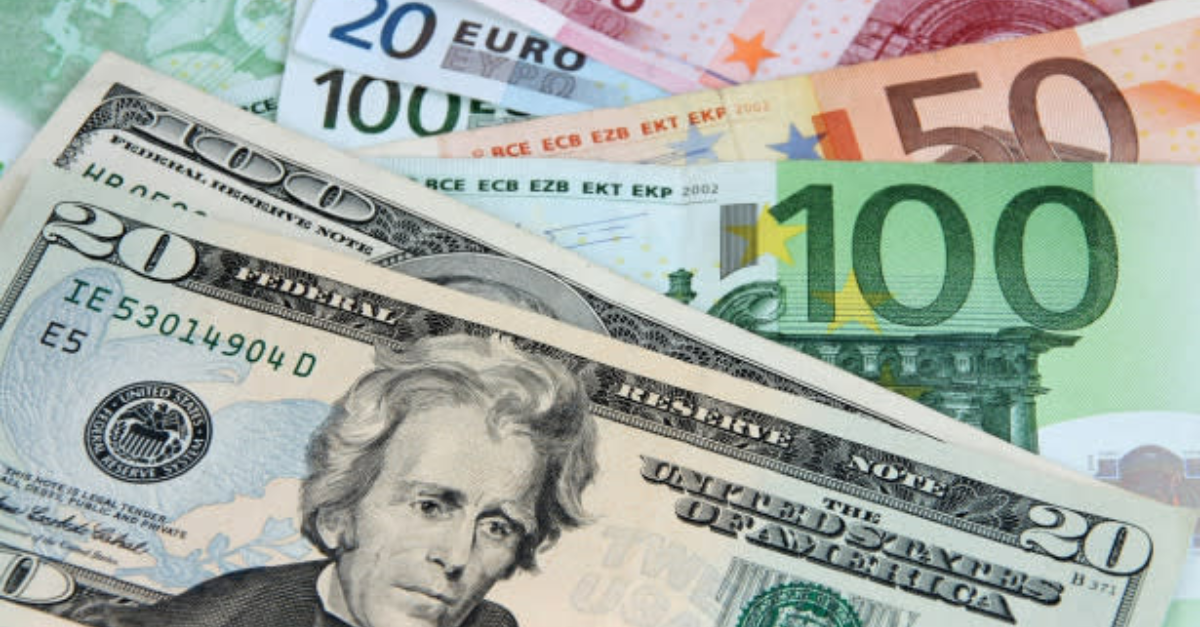Germany’s economy continues to struggle with stagnant growth
Germany’s economy is facing a persistent struggle with stagnant growth, and the second quarter of the year has brought more challenges. In this quarter, there was no growth in real GDP, and this follows two consecutive quarters of mild contractions. The situation is complicated, with some signs of stabilization in household consumption after a decline during the winter months, but it’s being offset by difficulties in the area of net exports.
One of the key factors affecting Germany’s economic performance is its export sector. This sector has been facing high input costs and a lack of demand from other countries, especially China. This has led to a decline in exports of both goods and services, which has had a negative impact on overall economic growth.
Looking ahead, the leading indicators and activity data are not painting a rosy picture for the third quarter of the year. In fact, they suggest that Germany’s GDP might contract again. Several key business sentiment indicators have been on a downward trajectory. For instance, the Info business climate index has been declining for four consecutive months and reached a ten-month low in August. Businesses’ assessment of current conditions is at its weakest point since mid-2020.
Furthermore, the composite purchasing managers’ index (PMI) and manufacturing PMI signal a downturn in the industrial sector, which is a crucial part of Germany’s economy. Even the services PMI has dropped into contraction territory, indicating a broad slowdown affecting various sectors.
High-frequency activity indicators also tell a story of weakening economic activity in Germany. Manufacturing output has been on a steady decline since February, and the outlook remains grim with weak industrial orders. The construction sector and residential building activity are also showing signs of decline, as are indicators related to road freight activity, online restaurant bookings, and overall labor demand. Even consumer sentiment, which had shown some signs of recovery, has now reversed.
Given the current situation, there’s a significant risk of another GDP contraction in the third quarter. This would lead to a revision of the current full-year GDP forecast, which currently predicts a 0.3% contraction. If this happens, it would mark the fourth consecutive quarter with either flat or negative GDP growth, indicating that Germany’s economic woes are likely to persist well into 2024.











